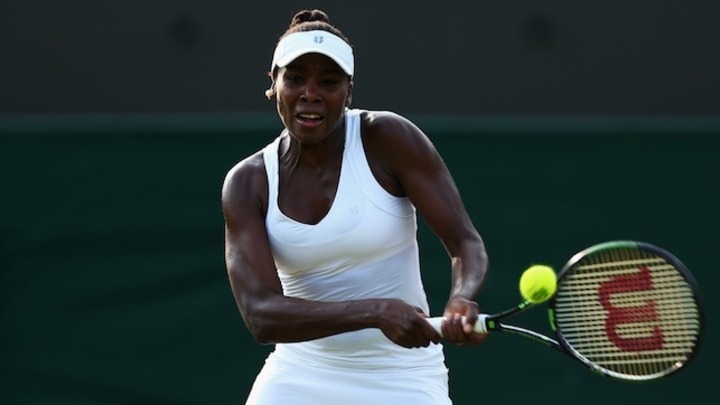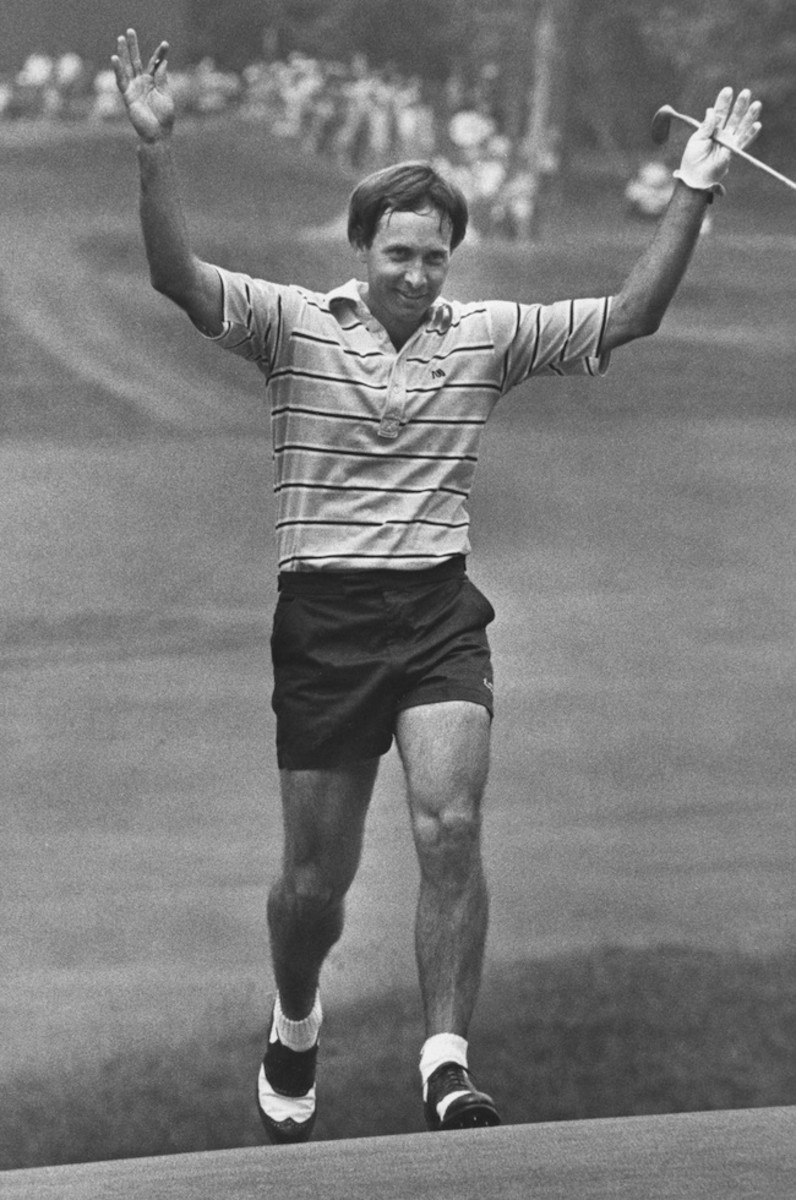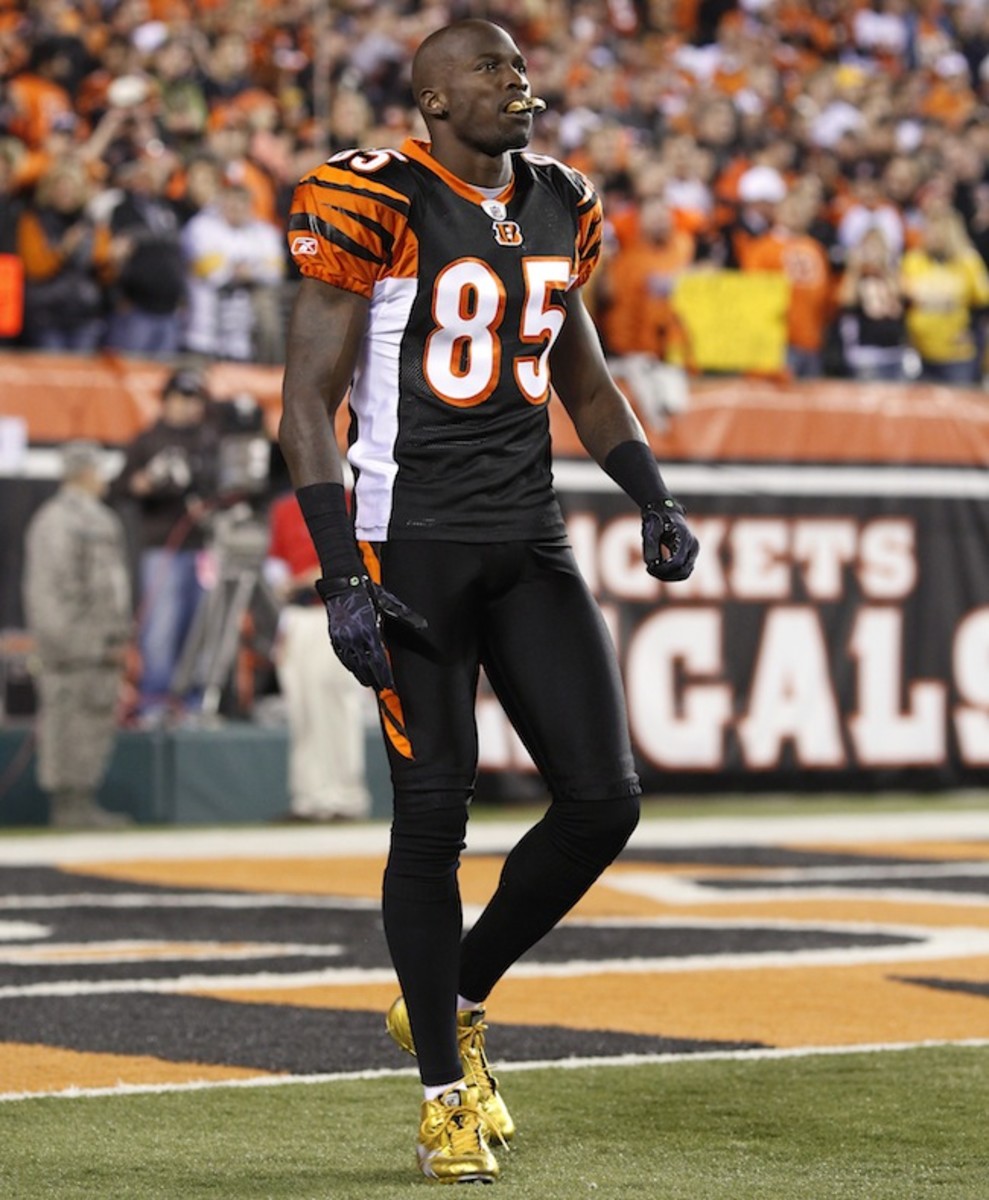No Shorts on the Golf Course? It's a Rule!


The weather was cool and breezy at the Masters this past weekend, but even if it had been 90 degrees, the players would not have been able to wear shorts. Crazy, right?
Every sport has its own set of rules that controls play on the field or court. But a lot of people don’t know that sports also have rules — some of them silly — about the uniforms athletes wear.
Rules relating to uniforms can be meant to protect players, to make them look like part of a team or league, or to even just make them look good. But sometimes the rules are there just because, even though they might not always make sense.
For example, the PGA Tour has a policy stating that golfers should “present a neat appearance in both clothing and personal grooming.” That’s reasonable.
And all PGA golfers must wear long pants.
But in 1983 a golfer name Forrest Fezler wore shorts in the U.S. Open to protest what was an unwritten rule at the time. Fezler wore the shorts for the 18thth hole after changing from blue slacks into navy shorts in a portable restroom. Caddies, however, are allowed to wear shorts at any tournament except for the Masters, where they have to wear a white jumpsuit.

One specific tournament that has a narrow policy about uniforms and appearance is Wimbledon. All tennis players must be in almost all white once they enter the court. Players cannot wear a panel of coloring but are allowed to wear color around the neckline and around the cuff if it is less than one centimeter thick. The back of a shirt, dress, tracksuit top, or sweater has to be fully white. Shoes, including the soles, must be almost entirely white.
During his Wimbledon title runs from 1976 through ’80 Bjorn Borg wore a white shirt with green pinstripes and a navy collar, which wouldn’t fly today, especially after the tournament made its rules even narrower in 2014.

“I think it’s very strict,” 17-time Grand Slam champion Roger Federer told The New York Times in ’14. “My personal opinion: I think it’s too strict."
Rules for uniforms have to be followed even if the uniforms do not match the playing conditions. For instance, temperatures have repeatedly topped 100 degrees at major league baseball games over the years, frequently where the Rangers play in Arlington, Texas. You might think those games would have been canceled — especially when the temperature reached 109 degrees in 1980 and ’88 — but they weren’t. Players had to wear long polyester pants in the blazing hot weather.
If players don’t follow these rules about uniforms they can get fined. NFL players have gotten penalized up to $20,000 because of uniform violations. For example, in 2013 wide receiver Brandon Marshall was fined $10,500 because he wore green cleats and another $15,000 for wearing orange ones. Another example was when wideout Chad Ochocinco was fined $20,000 in 2010 for wearing gold cleats.
Even though sports have some crazy rules about uniforms, players still need to obey and respect the rules unless they want to pay the price.

Photos: Fred Vuich for Sports Illustrated (Fezler); Walter Iooss for Sports Illustrated (Borg); Clive Brunskill/Getty Images (Venus Williams); Joe Robbins/Getty Images (Ochocinco)
